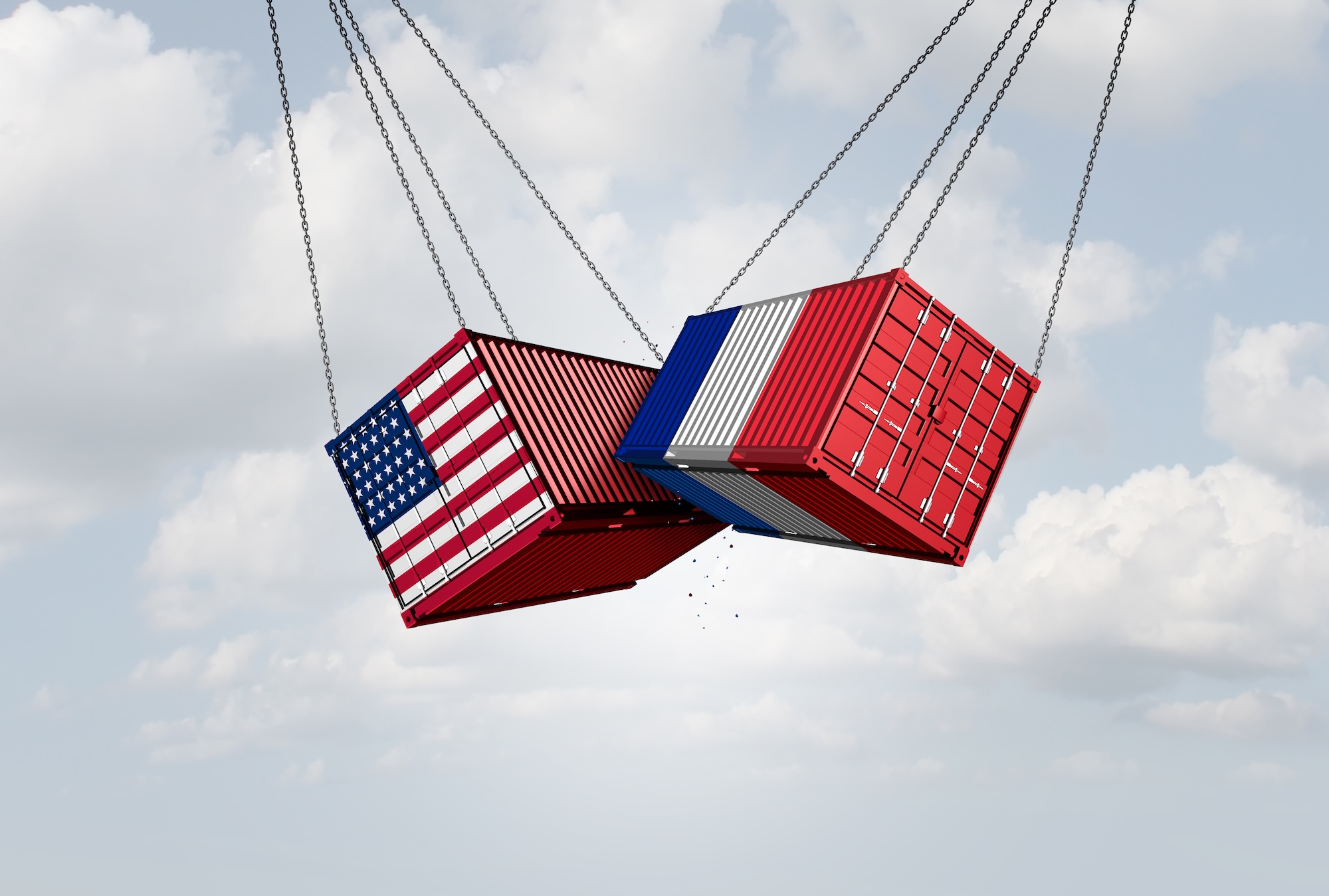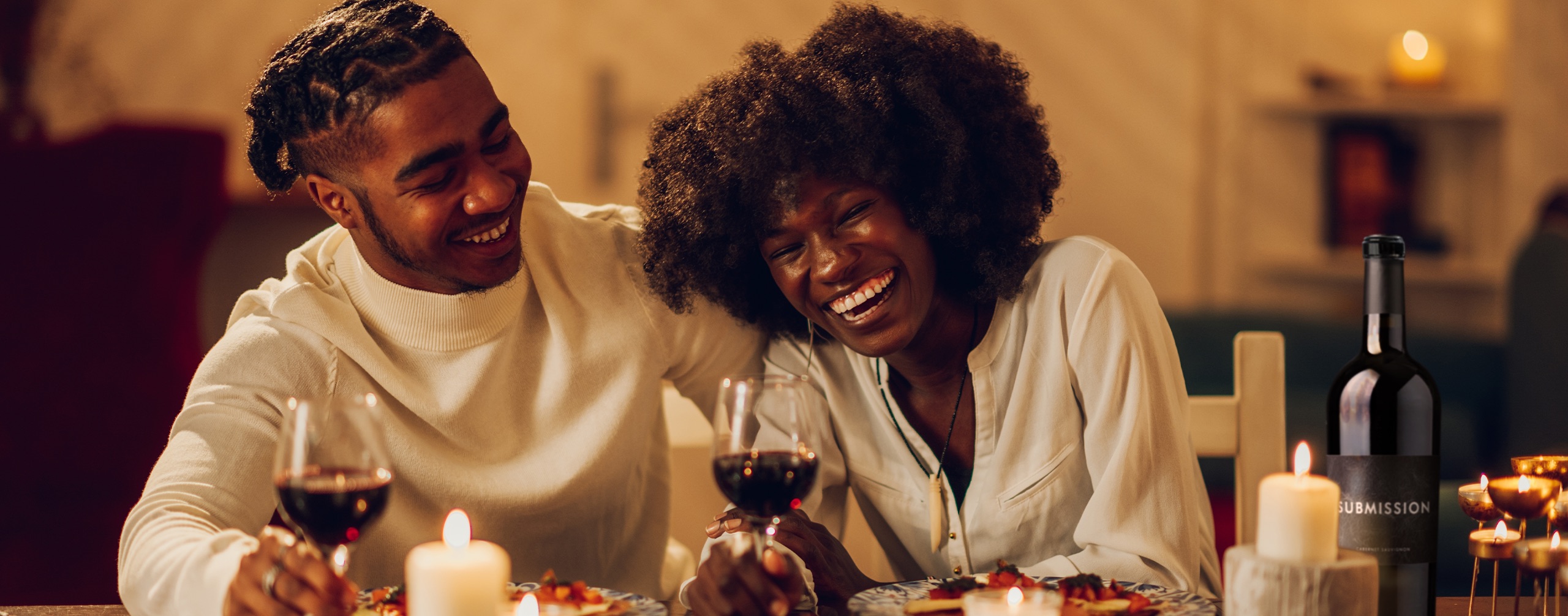
Stay Informed
Get the latest news, trends, and industry insights.
As each demographic comes of legal drinking age, the wine industry has faced new challenges in getting them on board as wine-loving consumers. Gen Z and Millennials have been much maligned in this regard, and it is really not their fault. Instead, it is the wine industry and each brand that needs to adapt alongside them and find different ways of reaching new audiences. But how do you do that?
Adapting your wine marketing strategies to be prepared for a new consumer landscape can feel daunting, but that is where partnering with an agency focused on the task can make all of the difference. We believe it’s still possible to reach younger drinkers by getting innovative with your marketing and PR efforts. In this blog, we’re summarizing key attributes of the Gen Z and Millennial demographics and giving you our top marketing tips to meet the younger wine lover where they are.
The Challenges of Marketing Wine to Gen Z & Millennials
The wine industry has faced challenges in marketing to younger audiences for decades. However, we are in a new era. Gen Z and Millennial consumers are different from their predecessors for a whole host of reasons:
Every demographic is different from the one before because of how they are shaped by economic, social, and technological factors. Key attributes of the experiences of Gen Z and Millennials include:
- Major economic events - these groups have been impacted by recessions, a global pandemic, and overall declining purchasing power. They aren’t spending like Gen X or Boomers because they can’t….yet. Give them time, and we may see a change.
- Shift in consumption habits - younger consumers are more intentional than habitual. In part, this is also shaped by changing perceptions around health choices.
- COVID isolation - raise your hand if your college experience played a key role in your relationship with alcohol. Now imagine that you spent those years at home, in isolation, without the social opportunities so vital to the young adult experience. The pandemic fundamentally flipped the script on Gen Z’s introduction to how they see wine and other beverages fit into their lives.
- Tech - these groups do not use the same tools, or the same tools in the same way, as their predecessors. For example, social media platforms are rapidly eclipsing more traditional search engines for many search queries.
- Influencing - along with the shift in technology use, Gen Z and Millennials are seeking different sources for recommendations. They are looking for new and value-aligned stories and voices.
- Growth in beverage options - the category is inundated with options. Whether it is seltzers, RTDs, or cannabis beverages, wine brands have a lot of competition for every drinking moment.
6 Strategies to Market Wine to Gen Z & Millennials
So how do wine brands need to adapt and do differently to capture this consumer? We’re breaking down our recommendations on how to turn this insight into action if you’re marketing to Millennials and Gen Z.
- Stay authentic and know how to demonstrate your value.
Having a strong brand identity is crucial to not getting lost in the sea of options. Increasingly, a key part of that brand identity needs to be a clear indication of your values as a brand, to help your consumer relate to you and give reasons to choose you over a competitor. - Make yourself more approachable.
This can happen in a variety of ways, whether through design and branding, the use of technology, keeping pace with search and purchase trends, or other methods to meet the consumer and position your brand as a solution or answer to a question they might have. - Be in the spaces where your consumer is.
Whether it is social media, email, mobile vs. desktop, in a brick-and-mortar store, or shopping online, be sure your tools are compelling and ready to be used in the moment. - Tap a variety of sources of recommendation.
Third-party credibility is still important, and it can take several forms. Wine scoring and competitions still hold weight, especially among distributors and trade audiences. - Earned media and PR also provide great visibility to broader audiences.
It’s a digital age, and Gen Z and Millennials are shopping not just on e-commerce sites but via TikTok and Instagram. It’s now just as important to build organic relationships with influencers, large or small, as it is to build them with traditional print and online journalists or broadcast personalities.
While this tactic may be a significant spend for some wineries, the opportunity to reach audiences on popular social channels like Instagram and YouTube is well worth it, given that 74% of consumers look to social media for recommendations, and 44% of Gen Z customers make purchases after seeing influencer recommendations.
In the long run, the authenticity of your relationships will be key in capturing consumer attention. - Change up your offering.
There are a variety of ways to do this, from packaging, introducing a subscription model wine club, to adding a low/no alcohol option to your offering. Not every option will be right for your brand, but it is worth evaluating where you can introduce something new. This is also in line with meeting the consumer where they are; traditional offerings and formats are no longer the right fit for many. You don’t necessarily need to make huge changes, but examine areas where you can make shifts that allow your wine brand to find more places and occasions to fit into consumers' lives.
Ready To Rethink Your Wine Marketing Strategy? Let Us Help.
We hope these recommendations inspired you to consider activating a marketing campaign to reach Gen Z and Millenials with your wines. If you’d like to connect with us on the best approach that can be tailored for your brand, we’d love to be of service. Contact us today to explore how we can best partner together.
You might also like:
- The Summer Sip Nobody Asked For: Jalapeño Sauvignon Blanc
- The Tequila Boom Is Over. Long Live Tequila
- How Much and Where to Allocate your Marketing Dollars
Stay Informed




